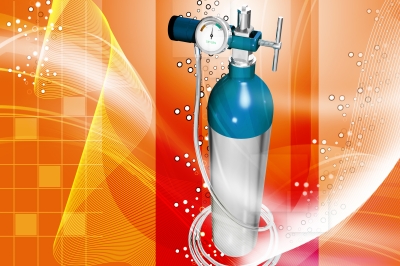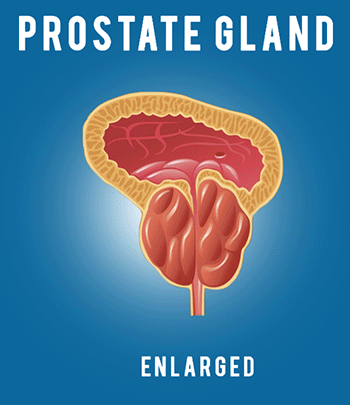Alternative Cancer Therapies – Oxygen Therapies
Alternative Cancer Therapies – Oxygen Therapies

Image courtesy of dream designs at FreeDigitalPhotos.net
Oxygen therapy is a treatment that has been developed in the light of knowledge of the role oxygen may play in discouraging the growth of cancer cells. While oxygen is said to destroy the cells that cause the disease, the benefits of oxygen therapies have not been scientifically proven. The need for extra oxygen is said to stem from the acidic western diet, especially diets that are rich in refined sugar. Acid formed from the sugar prevents the uptake of oxygen by the body, causing an oxygen deficit.
Treatments that put more oxygen into the body include the use of hydrogen peroxide compounds, ozone therapy and the use of decompression chambers.
Hydrogen peroxide (H2O2) contains an extra oxygen atom compared with water (H2O). If this extra oxygen can be put to work on cancer cells it is thought that it will be of enormous benefit. There are some controversies about the best approach, so you would need to satisfy yourself as to which method to use. Different approaches concern whether to use the hydrogen peroxide externally or internally.
In external treatments, hydrogen peroxide may be added to bath water, and the extra oxygen absorbed through the skin. Some clinics deliver the hydrogen peroxide through an intravenous drip. Other treatments involve drinking filtered water that has had carefully measured minute quantities of hydrogen peroxide added to it. Just remember that hydrogen peroxide is poisonous, and if bubbles of oxygen gas get into the bloodstream it can have very unfortunate consequences, including brain damage and death.
Ozone (chemical formula O3) has an extra atom of oxygen in it compared with oxygen (O2). Ozone is an unstable molecule and can release the extra oxygen atom easily into the body, turning into an oxygen molecule as it does so. Ways to get ozone into the body include putting the pressurised gas into a body opening like the vagina or rectum, or injecting it, mixed with a suitable liquid, under the skin. Some therapists remove blood from the patient’s body, treat the blood with ozone, and then return it to the patient intravenously. These therapies should be performed only by qualified practitioners. There is a range of nasty side affects including hepatitis.
Using a compression chamber – a hyberbaric oxygen chamber – involves putting the patient inside a chamber similar to those used for deep-sea divers and surrounding the patient with an atmosphere of 100 per cent oxygen under greater than atmospheric pressure for an hour or more. This forces the red cells and body fluids to take in more oxygen than they would under conditions of normal pressure. The treatment is painless – patients watch TV or read books – and pressure is increased and decreased only gradually, so patients can control the sensation by yawning or swallowing, in a similar way to controlling the effect of increased air pressure when landing in a small plane. The patient is closely supervised by the therapist through an intercom system, because oxygen in high doses can have a toxic effect.
While this form of therapy has been used successfully to help the healing of skin grafts and to treat diabetic ulcers, there is no proof that it is useful as a cancer cure.


